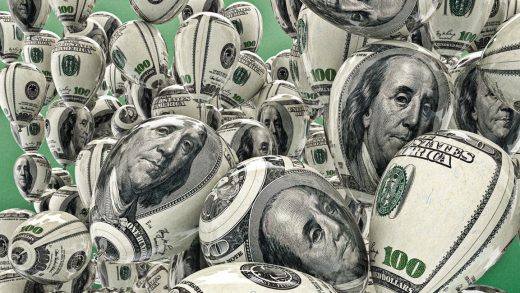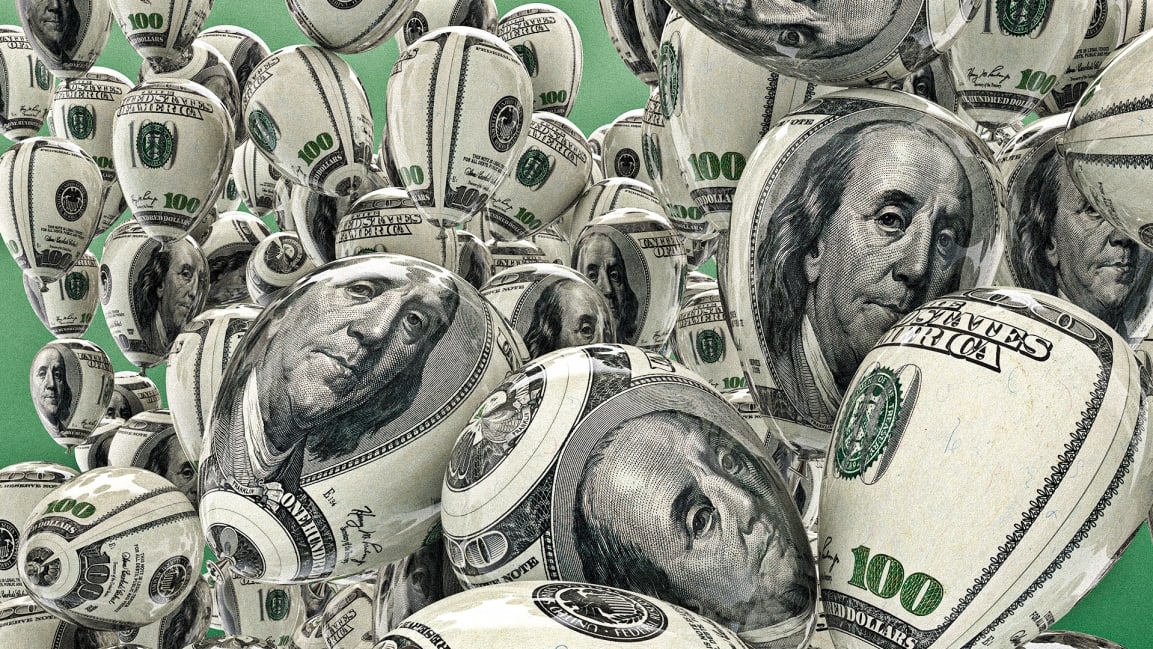CPI report shows inflation has not peaked yet. Here’s why
The Labor Department’s latest summary of the Consumer Price Index, released on Friday, shows that price increases accelerated again during May, with the “all items index” increasing 8.6% from one year ago, and a 1% increase month-over-month. That follows a one-month reprieve in April, when the CPI numbers were up 8.3%, giving some people hope that inflation had peaked.
The 8.6% increase is the highest since 1981, and was higher than expected. The “core CPI,” which excludes food and energy prices, increased 6%, which was also more than expected, and many of the broader price increases were due to the continuous upward march of food, gas, and shelter costs. Shelter costs, for instance, are up 5.5% year-over-year, gasoline costs (of all types) are up 48.7% year-over-year, and food prices increased 10.1% since last May—and were up 1.2% since April. Other notable price increases from the latest CPI Index include an increase of 12.6% for airline fares, and a 2.9% increase in dairy products year-over-year.
The Fed aims for a goal of 2% annual inflation, and the most recent 8.6% increase is obviously a cause for concern, especially given that a steady rise in interest rates and plans from the Biden administration to slow price increases appear to not yet be working.
Additionally, the Bureau of Labor Statistics also released its Real Earnings Summary on Friday, which showed that real average hourly earnings were down 0.6% month-over-month, and down 3% year-over-year. In all, it means that the average American household is seeing its purchasing power erode further.
The markets didn’t take the news well, either, with stocks falling sharply after the release of the CPI numbers. The S&P 500 was down almost 3% as of late Friday morning, and the Nasdaq was down 3.5%.
(32)



